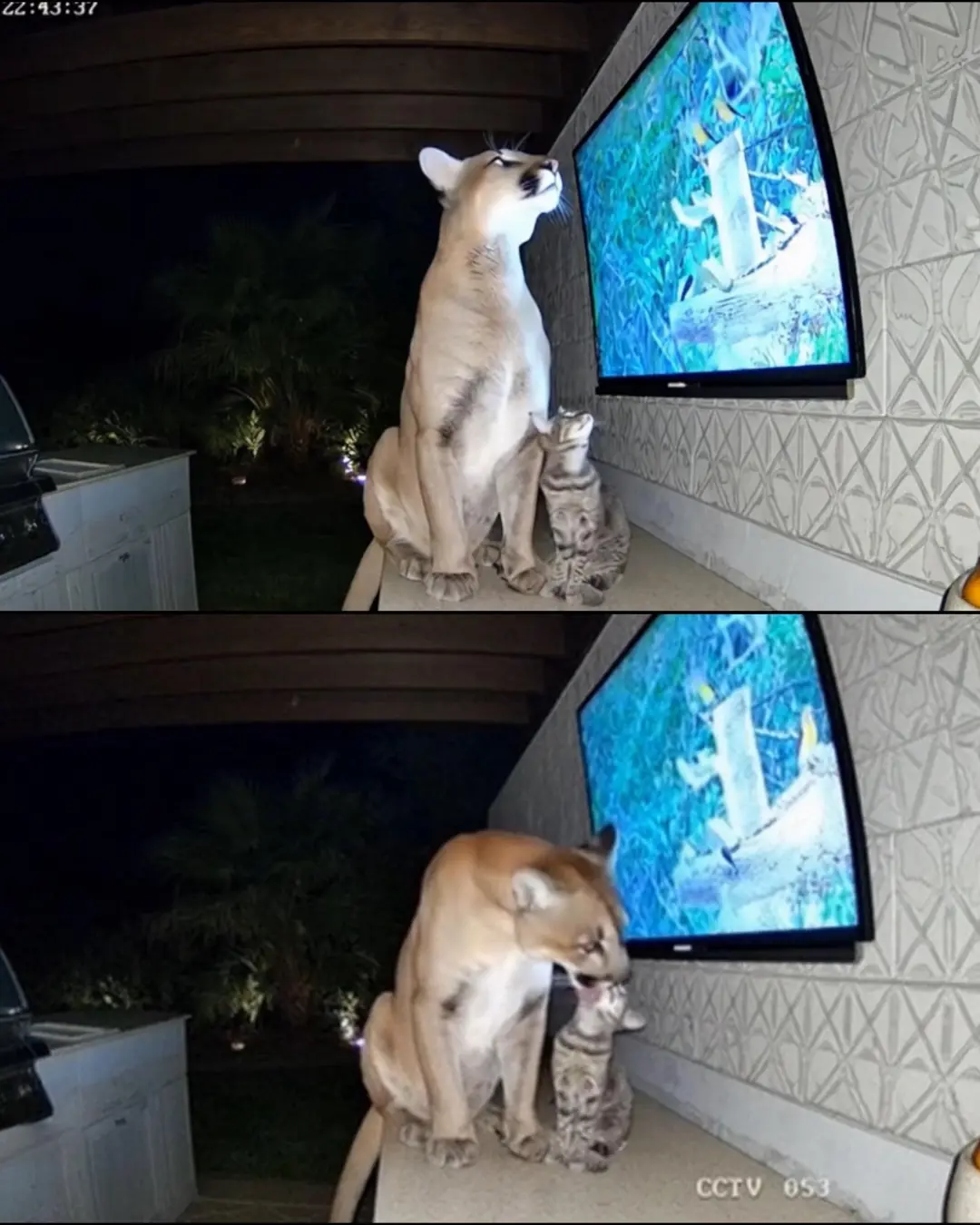
Wisconsin Black Bear Freed After Eight-Day Struggle with Plastic Jar on Her Head
For eight days, a two-year-old female black bear wandered through northern Wisconsin, her head trapped inside a plastic jar. The unusual sight sparked widespread concern among locals and social media users alike, highlighting the ongoing and serious challenges wildlife face when human waste encroaches on their natural habitats.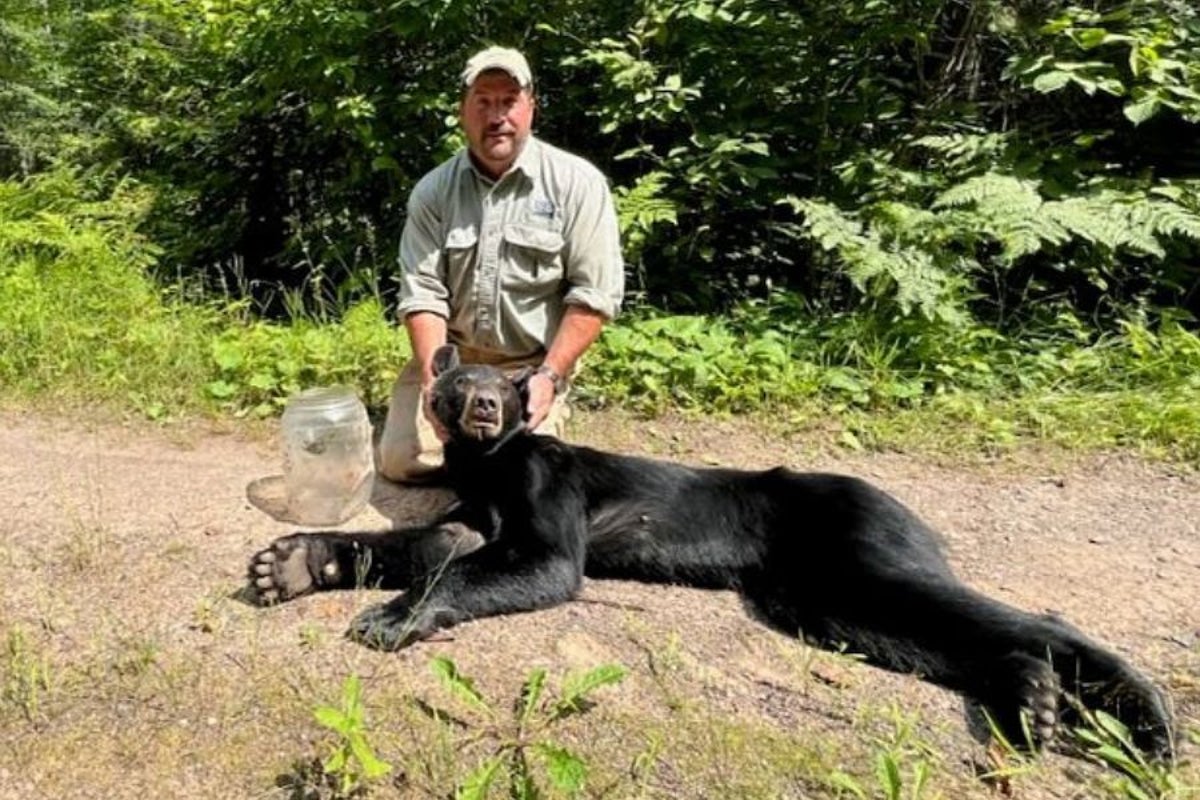
The bear’s harrowing journey began in Ashland, Wisconsin, where neighbors first spotted her struggling to move with the jar stuck firmly over her head. Despite her impaired vision and the obvious discomfort, the curious and determined young bear traveled nearly 50 miles—navigating busy roads, residential yards, and dense forested areas while unable to see properly. Concerned residents quickly contacted wildlife authorities, triggering a coordinated effort to ensure her safety and eventual rescue.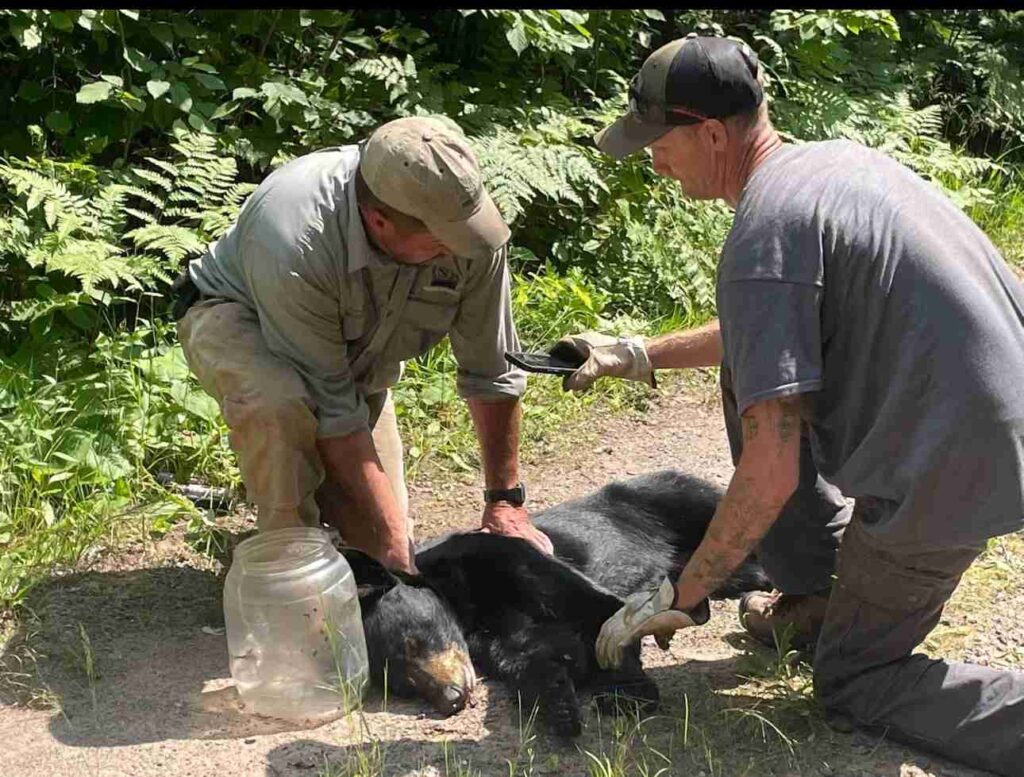
Jamie Morey, a dedicated volunteer with the Chequamegon Humane Association, took on the challenging task of tracking the bear after neighbors alerted her to the sightings. “Earlier this week, I was just like, ‘There’s no way. This story is not going to end well,’” she told WCCO. “It’s not going to be this hero story — and lo and behold, the bear is alive, and it does not have a bucket on its head.” Her words captured the mixture of skepticism and hope that many felt as the days dragged on.
The Wisconsin Department of Natural Resources (DNR) quickly joined the effort, using tracking devices and sighting reports from the public to pinpoint the bear’s location in a neighbor’s yard in Cable. Once identified, wildlife officials carefully tranquilized her to avoid causing further distress, gently removed the plastic container from her head, and thoroughly checked her condition to ensure she was unharmed before releasing her back into the wild.
Despite the ordeal, the bear showed remarkable resilience and adaptability. Weighing just 70 pounds, she was underweight compared to the typical 100 to 150 pounds expected for a bear her age. Randy Johnson, a large carnivore specialist with the Wisconsin DNR, explained that she had managed to survive by dunking the jar into puddles and streams to drink water—a remarkable demonstration of her resourcefulness. “The good news is this is the time of year when food is most abundant in the woods,” he said. “She has two months to get back into healthy shape going into winter, so she certainly has a good chance.”
To aid in future identification and monitoring, officials tagged the bear with two small plastic ear markers. They also expressed gratitude to the public for their vigilance and timely reporting, emphasizing that citizen engagement played a crucial role in ensuring the bear’s rescue and safety.
This incident underscores a recurring problem that continues to threaten wildlife: human litter and unsecured trash. Bears are naturally curious creatures and frequently explore garbage cans, dumpsters, and discarded containers—activities that can lead to dangerous situations such as this one. “Animals often get objects stuck on their heads from digging through trash,” Johnson explained. The DNR is urging residents living near bear habitats to secure their garbage properly, especially during seasons when bears are most active and actively searching for food sources.
The story of this young bear is both a cautionary tale and a testament to the incredible resilience of wildlife. Her eight-day journey, navigating forests and neighborhoods while trapped, captured the attention and hearts of animal lovers across the state and sparked a widespread social media conversation. Thanks to the vigilance of local residents, dedicated volunteers, and wildlife authorities, she survived her ordeal and was safely returned to her natural environment.
Reflecting on the experience, Morey expressed deep gratitude and relief. “It’s moments like this that remind me why I do this work,” she said. “Seeing her safe and freed — it’s a small victory, but it means everything.”
As wildlife continues to face growing threats from habitat loss, human interference, and pollution, the bear’s story serves as an important reminder of the delicate balance between human activity and the natural world. Simple precautions, like securing garbage, reducing litter, and monitoring local wildlife, can prevent unnecessary harm and ensure that animals like this young black bear have the chance to thrive.
In the end, this bear’s survival is a powerful testament not only to her determination and adaptability but also to the compassion and responsibility of those who helped her. Her journey—from being trapped in a plastic prison to freedom in the forests of northern Wisconsin—offers a hopeful example of what can happen when humans take proactive steps to protect wildlife and the environment.
💛 The young black bear has been freed, tagged, and safely returned to the wild—a living reminder of resilience, adaptability, and the vital importance of keeping wildlife safe from everyday human hazards.
News in the same category

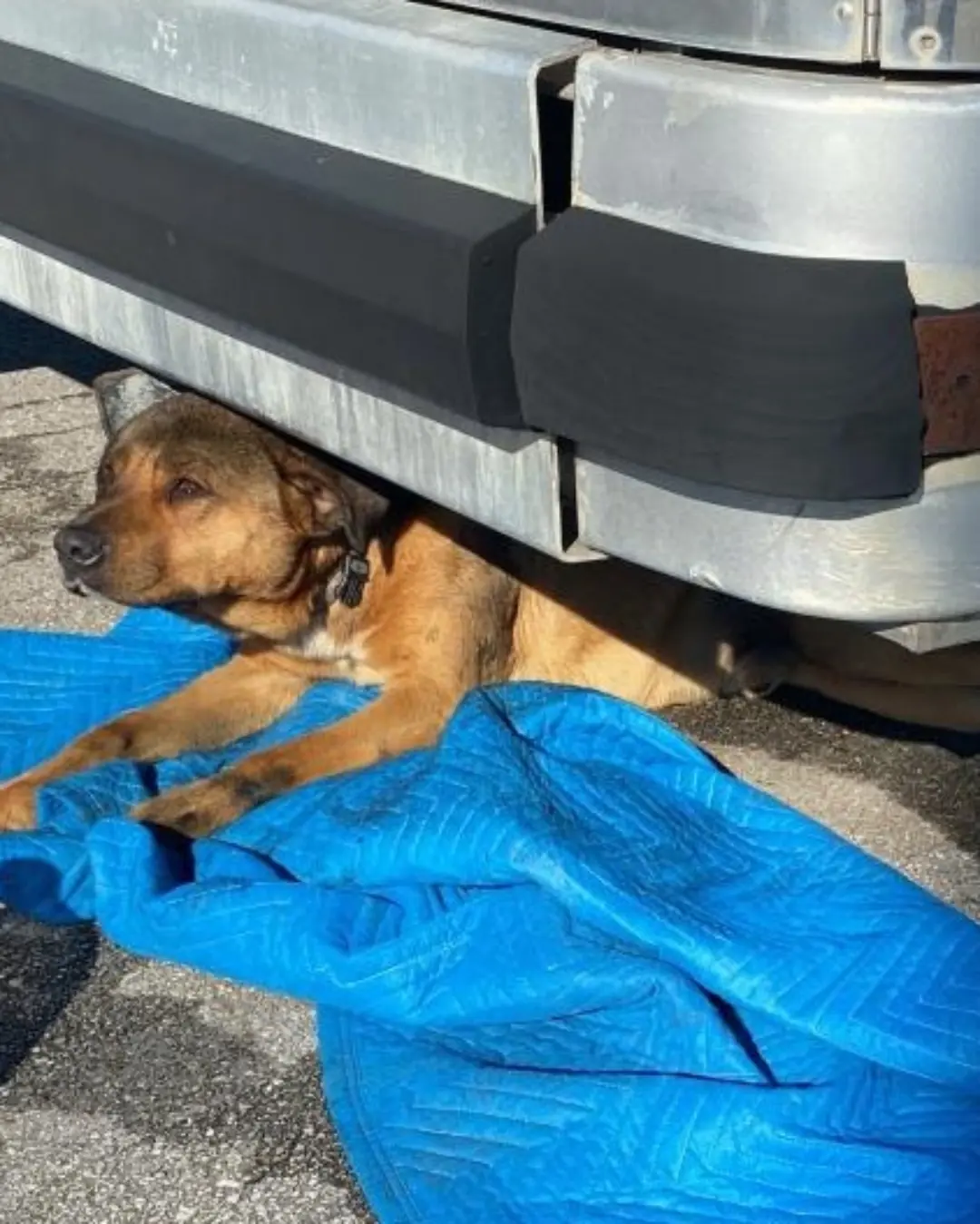
From Tragedy to Triumph: Paralyzed Dog Ward Takes His First Steps Toward Recovery
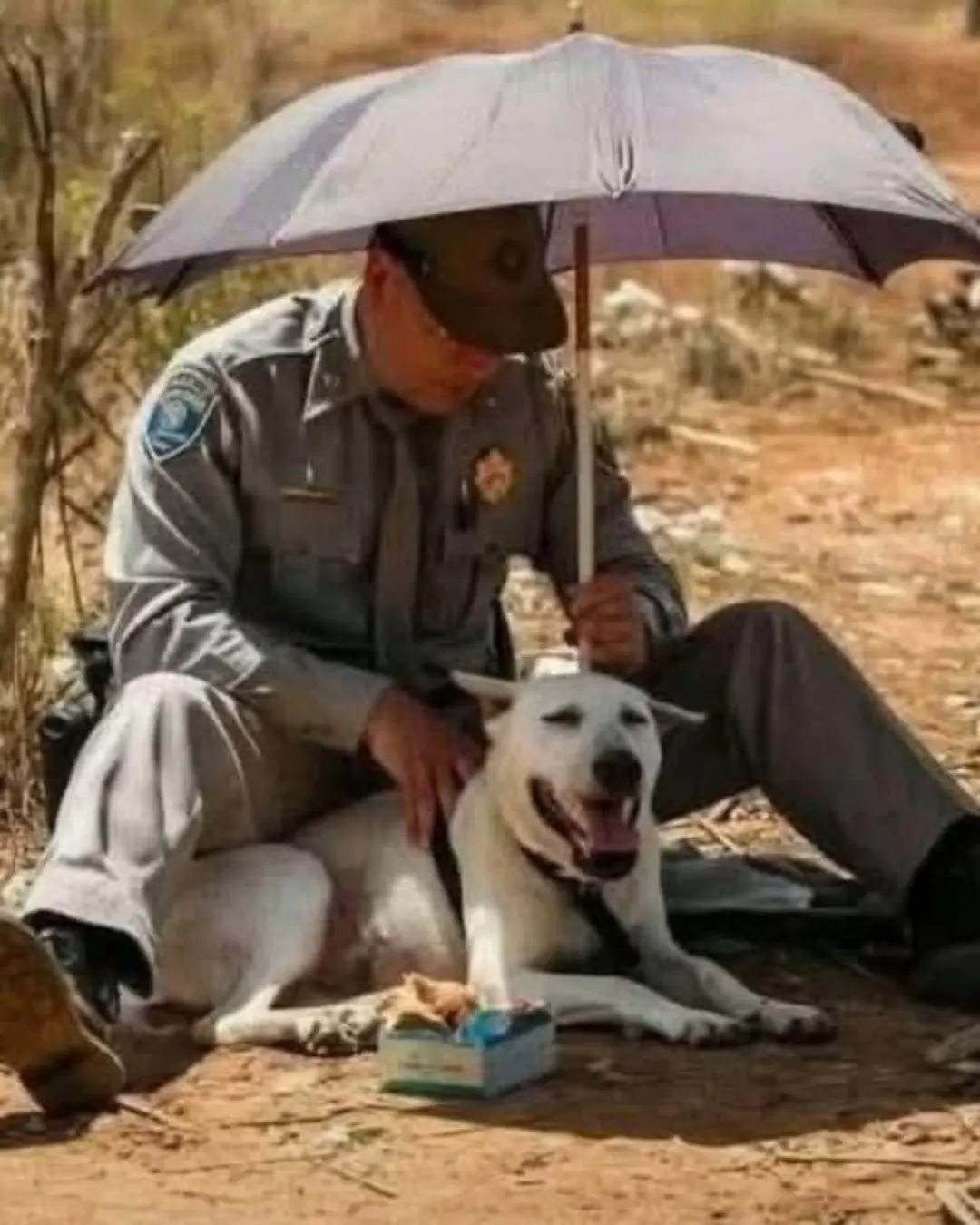
Tennessee Trooper Stops Traffic to Save a Dying Dog
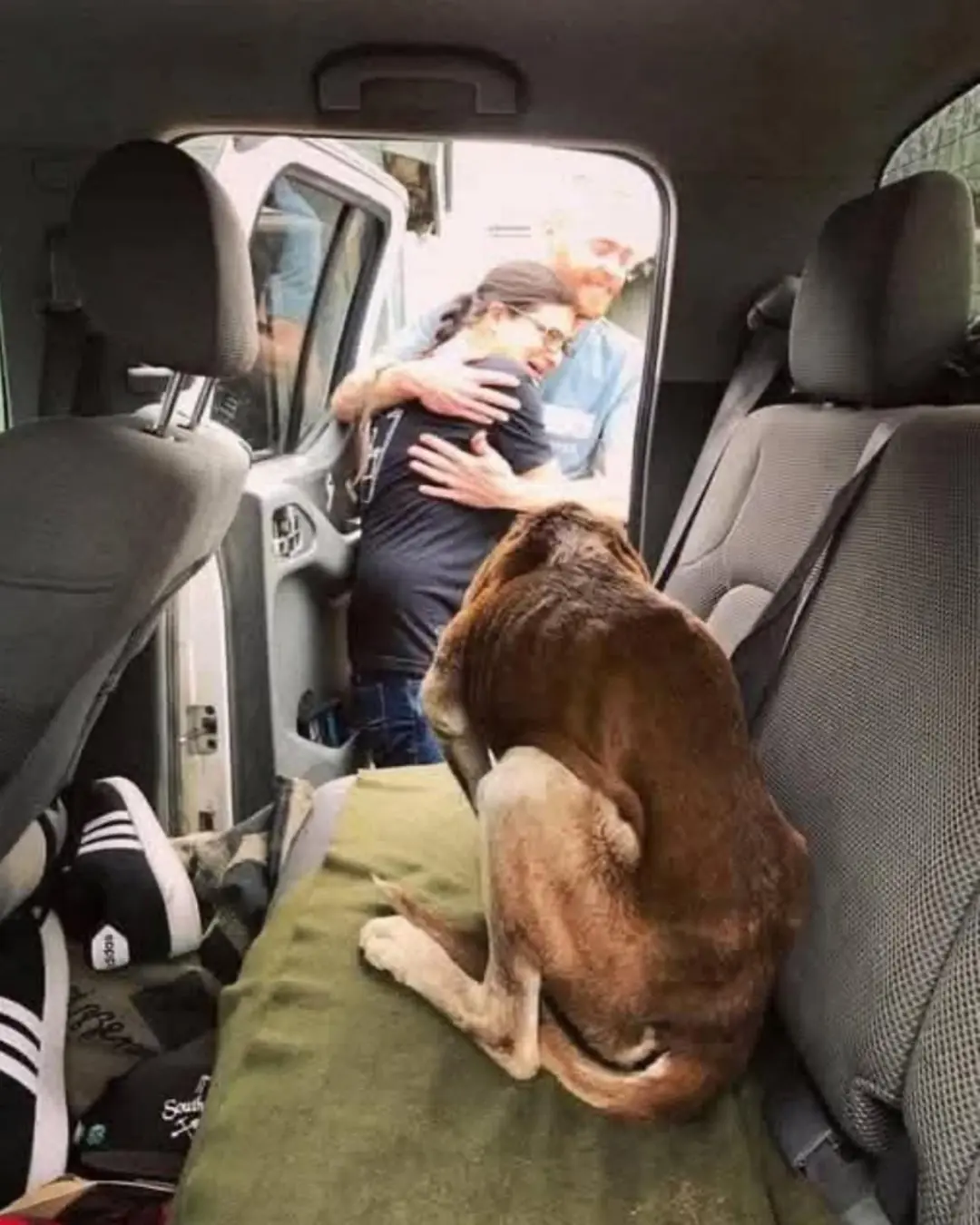
A Boy, a Cat, and a Moment That Stopped Time

A Life Transformed: Georgia Teen’s Journey to a Future Without Blood Transfusions

Lulu’s Brave Fight: A Family’s Journey Through High-Risk Neuroblastoma

From Crates to Couches: A Dog’s Second Chance.

A Brother’s Gift: Honoring Soldiers, Honoring Memory.
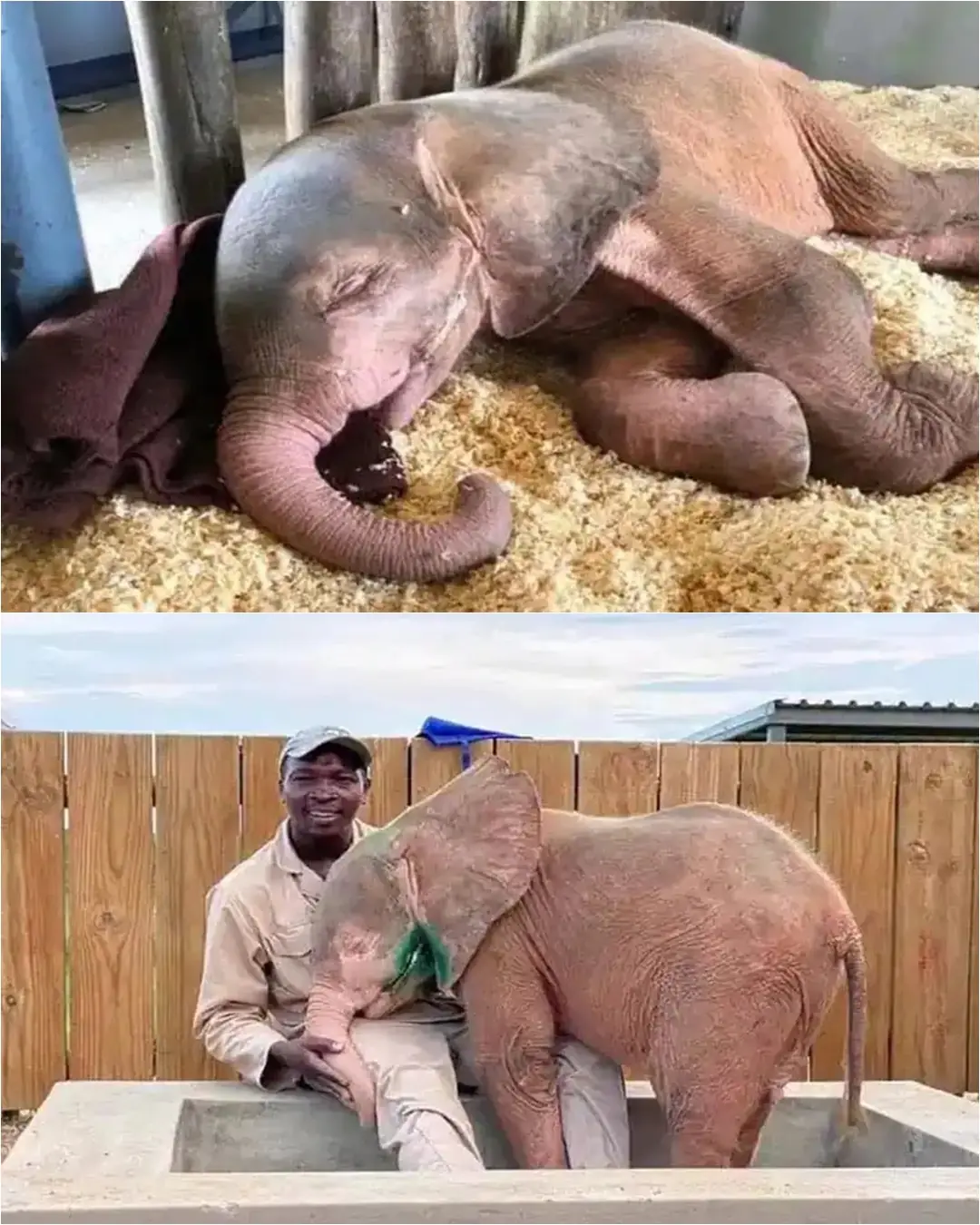
Khanyisa: The Albino Elephant Who Refused to Give Up.
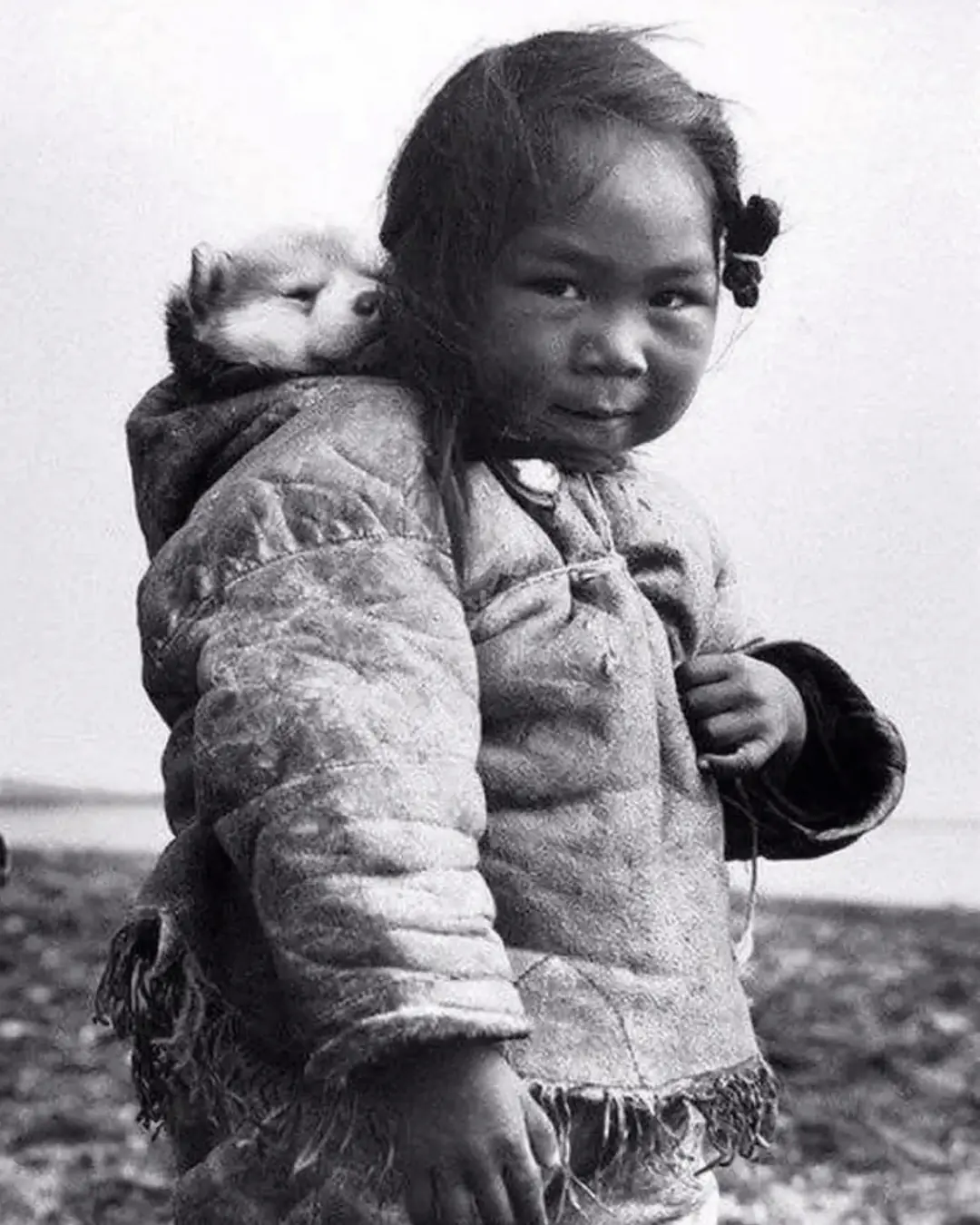
A Girl, a Puppy, and the Arctic: The Enduring Story Behind an Iconic Photograph
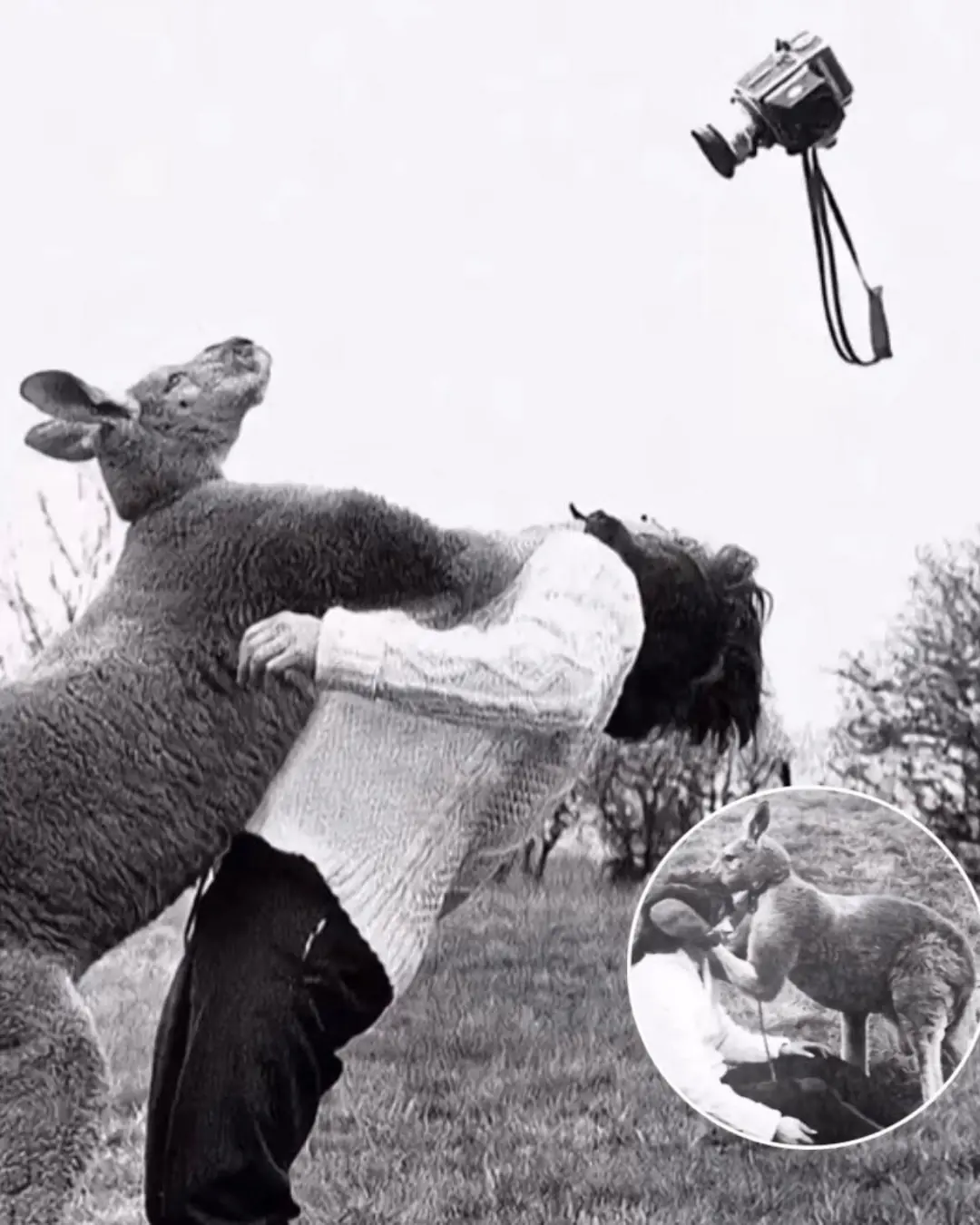
The Punch That Turned into a Paw: A Photographer’s Unlikely Moment with a Kangaroo

Tomorrow, a Community Says Goodbye to K9 King: A Four-Legged Hero Who Will Never Be Forgotten

Daddy’s Girl: A Bond Beyond Time
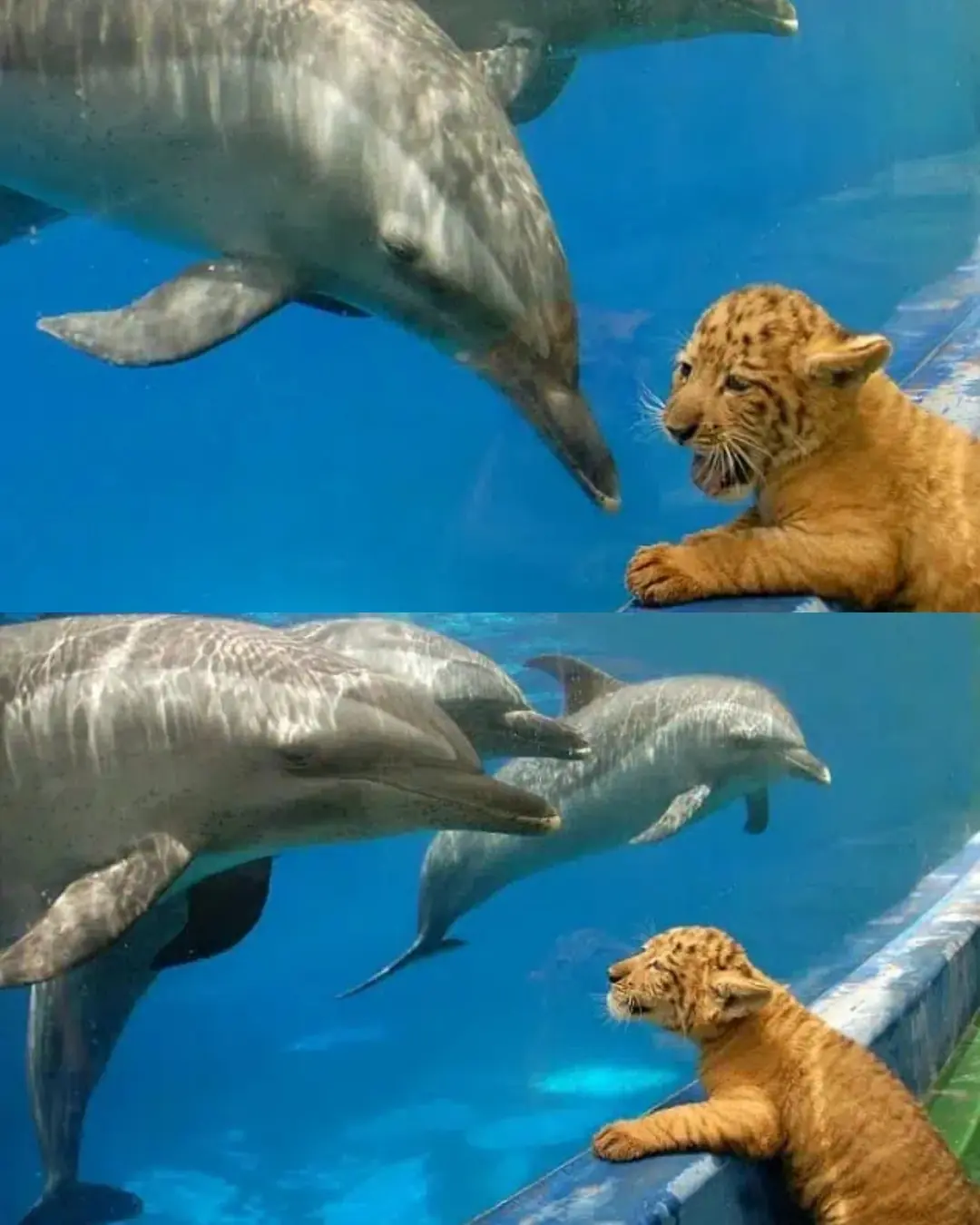
When a Liger Met the Dolphins.

A Great Day in Harlem — and the Echo That Followed.
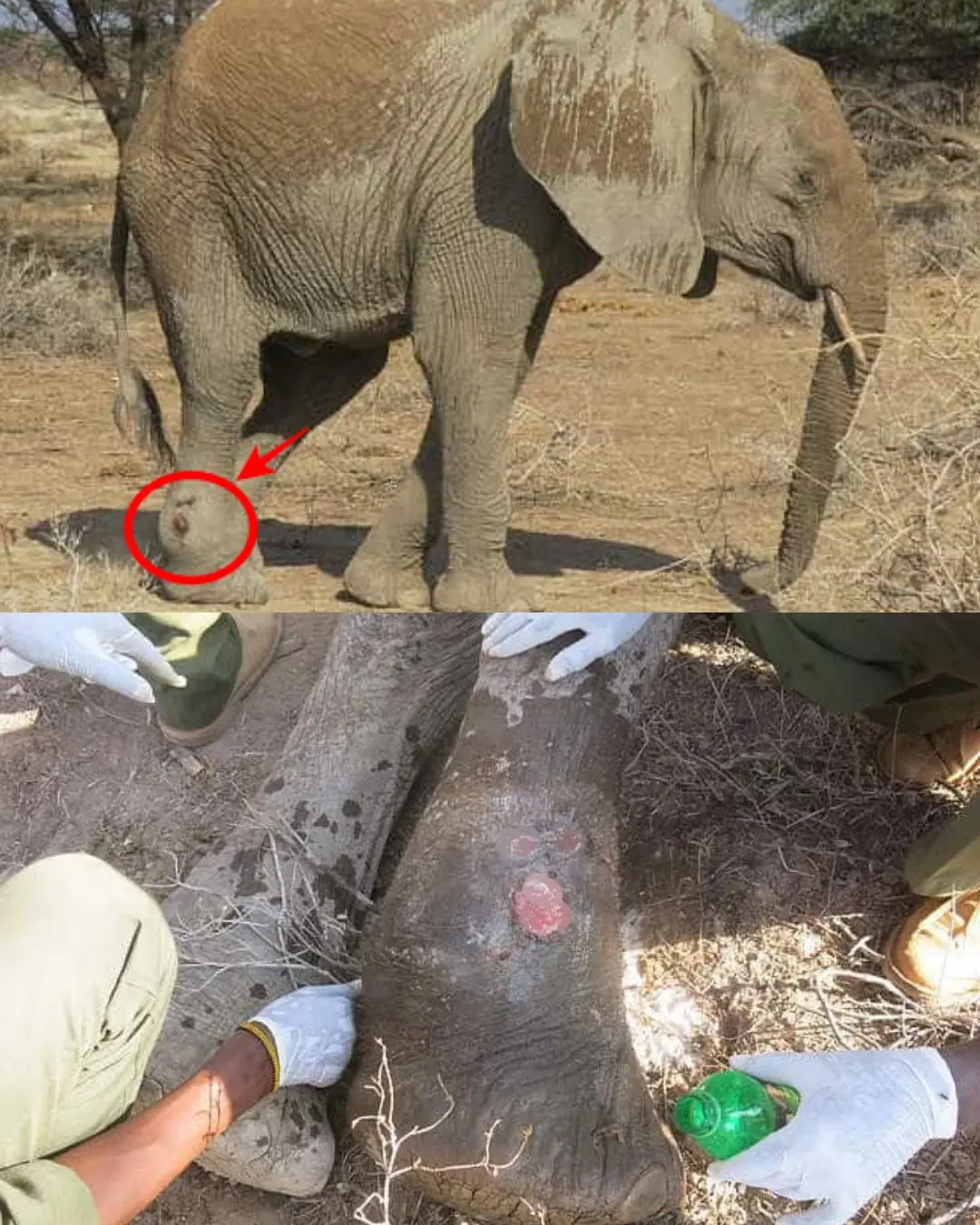
A Limping Giant’s Second Chance: The Young Elephant Who Refused to Fall.
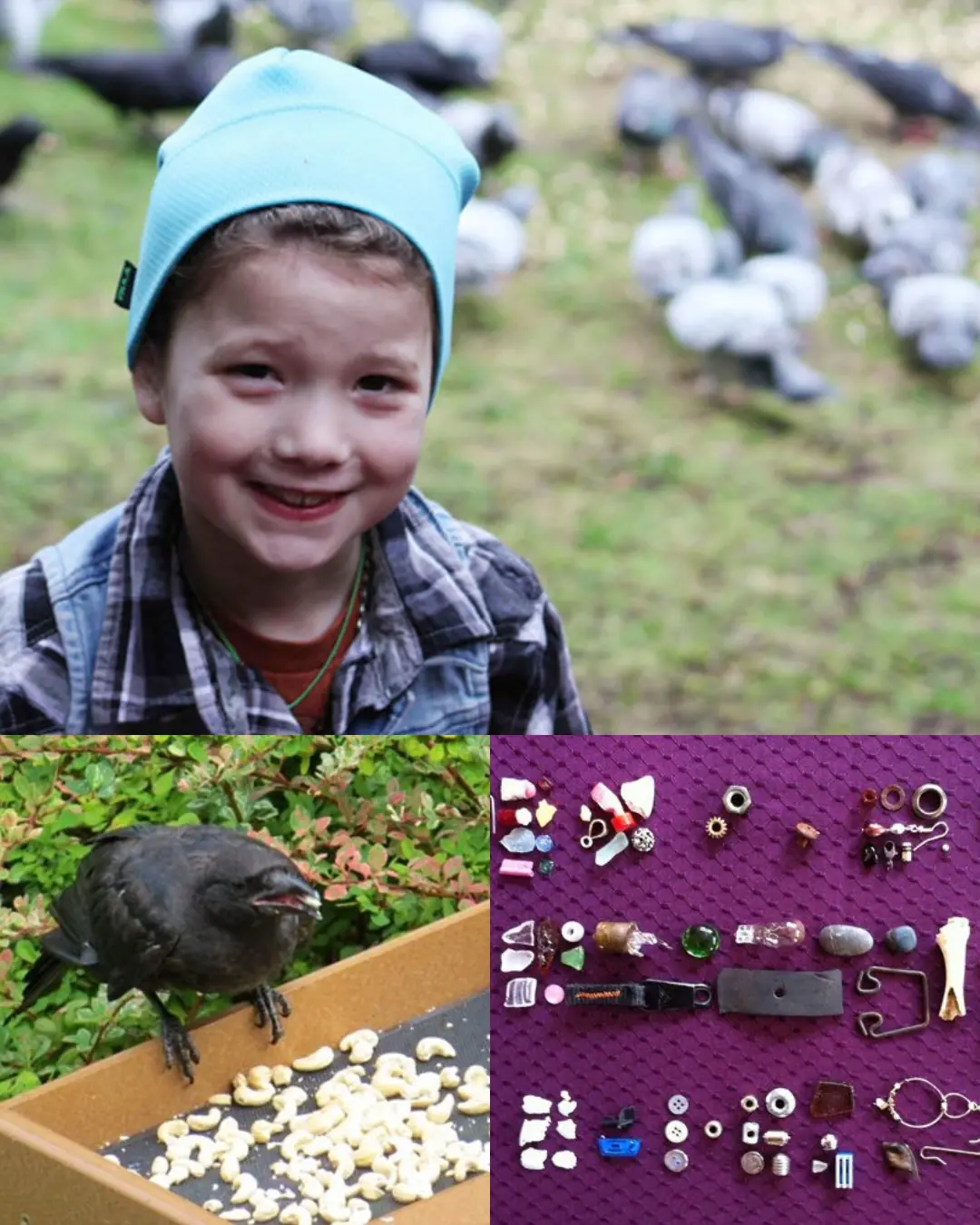
The Little Girl and the Crows.

The Rickshaw Driver Who Sent 300 Children to School.

The Girl Who Hugged the Enemy – Normandy, 1944.
News Post

The Powerful Health Benefits of Papaya Seeds: Why You Should Include Them in Your Diet

The Wonderful Hazel Tree (Corylus avellana): Nutrition, Healing, and Traditional Uses of Every Part

Boiling a Whole Avocado: The Secret to Softness, Nutrition, and a Delicious Baked Recipe

The Hidden Healing Power of Papaya Leaves

Sugar Apple (Annona squamosa): A Sweet Fruit with Powerful Health Benefits
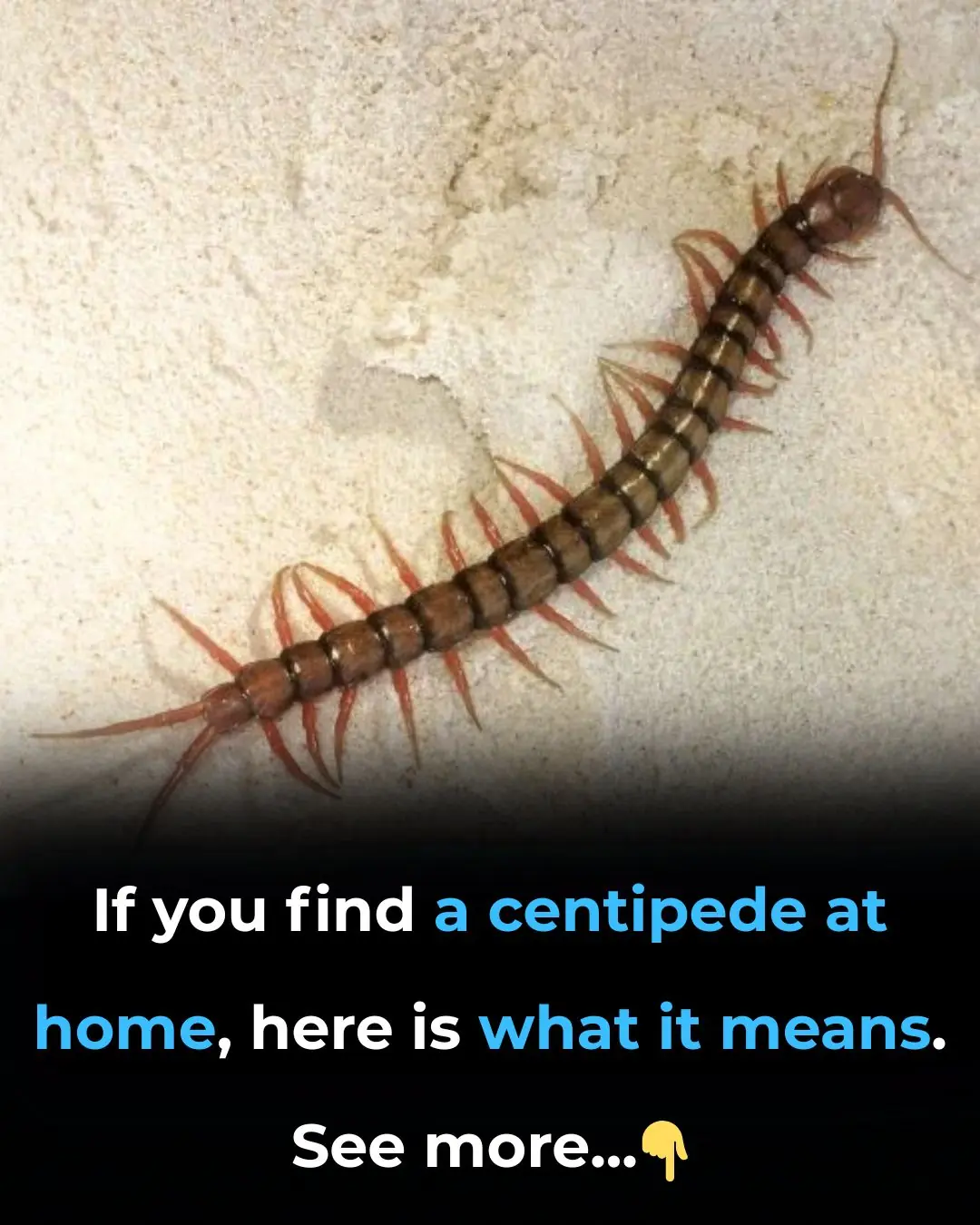
If you find a centipede at home, here is what it means...

Why We Feel That Little Electric Sh0ck When We Touch Another Person—Science Explains

If a Man Doesn’t Appreciate You, Here’s What You Should Do

25 Worrying Signs Your Body Is Trying to Warn You of Serious Health Problems (and What to Do About Them)

The Hidden Power of Lactuca serriola Root (Prickly Lettuce Root)

Why You Should Stop Waking Up to Urinate

4 types of vegetables are full of parasites but many people still eat them raw every day

Hidden Dangers in Your Mouth: Early Signs of Oral Cancer
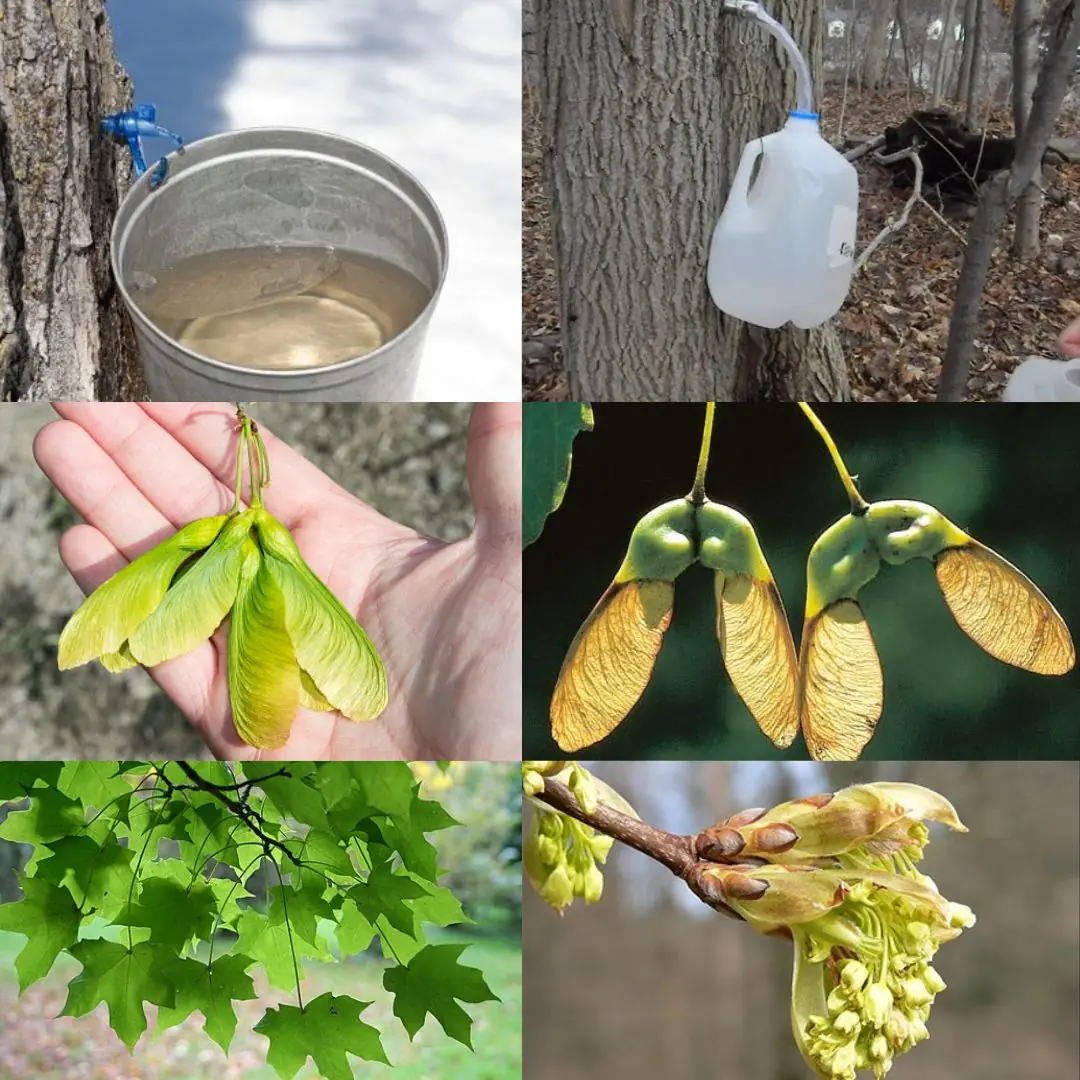
Maple Trees from Root to Crown: A Complete Guide to Every Edible Part

7 Signs of Arthritis You Shouldn't Ignore

California Poppy: Nature’s Gentle Remedy for Relaxation and More

What is its purpose. see details

When a woman stops loving a man, she begins…

5 hygiene mistakes that many people make... but no one dares to talk about...
